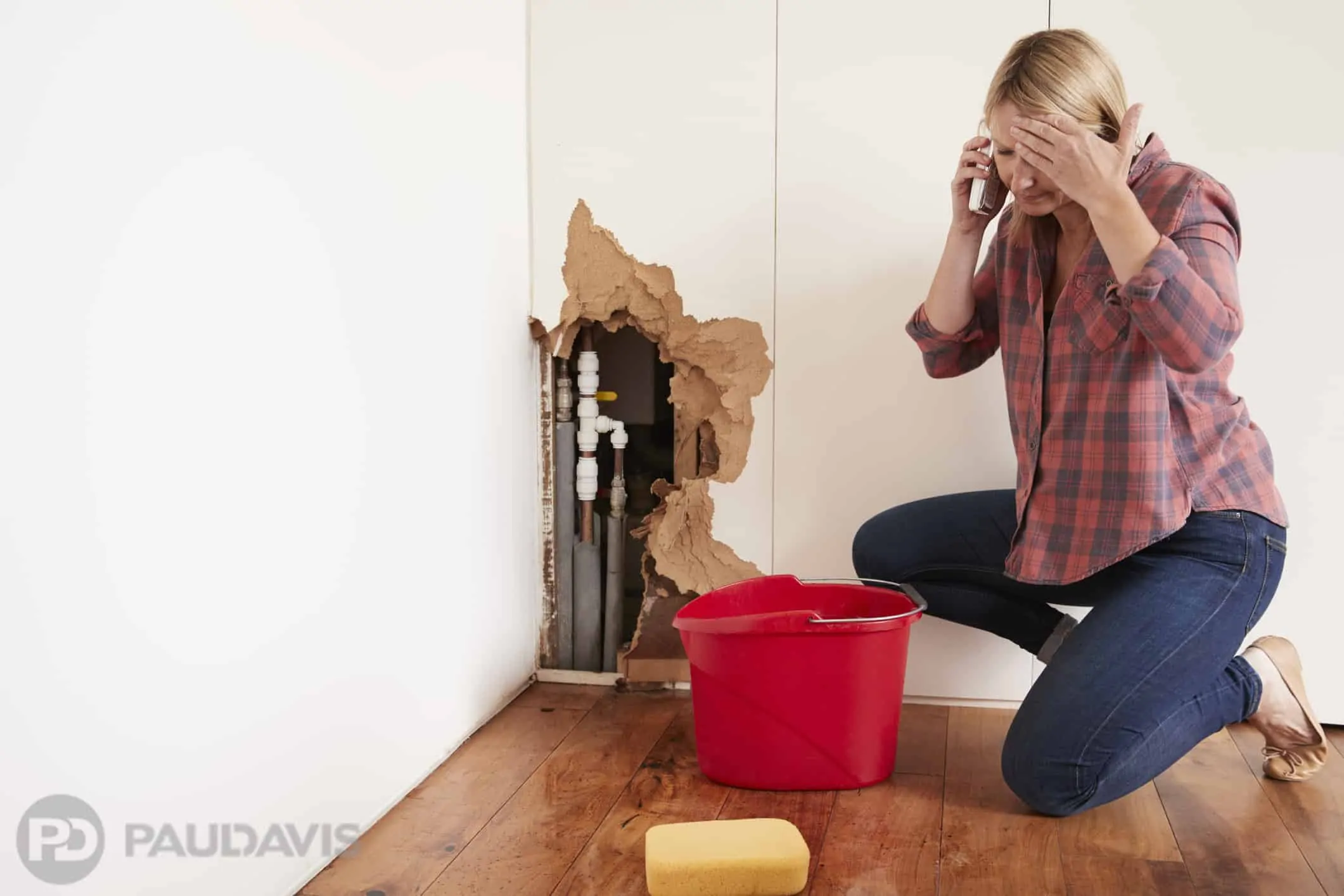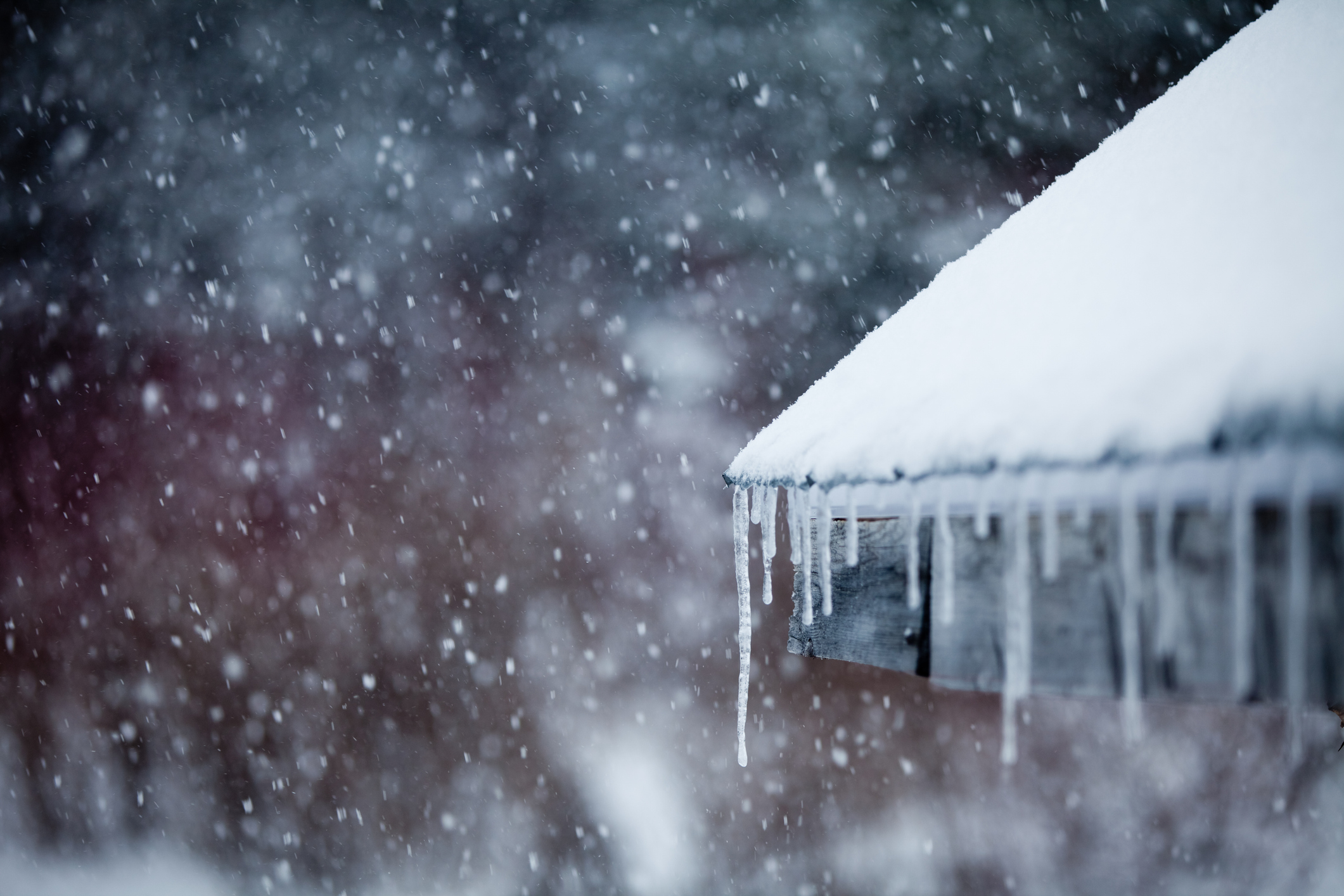
Sooner or later, every property owner experiences the unexpected; a devastating fire, a deluge from broken pipes, a pervasive mold infestation from a stealthy but widespread roof leak. Shock is soon followed by planning how best to stop the damage, finding skilled help and returning to normal. But where to start?
“At Paul Davis, we aim to make the claims and recovery processes predictable, easy-to-understand and reassuring for traumatized people,” says Leslie Anderson, Vice President of Training for Paul Davis. “The property owner has a few immediate tasks but after that our team takes charge, working hand-in-hand with the insurance company to return that property to pre-loss condition within the budget as soon as possible.”
The restoration loss process, Anderson continues, is more manageable when owners understand the STEPS involved, the order in which they occur and who is responsible for each:
Property owners take STEP ONE: Prevent further damage if possible without touching or entering the damaged area – this is often a requirement of your insurance policy. In the case of a broken pipe, for instance, shutting off the main water valve may be possible from another location. Ensure that all occupants are safe, out of the area and prevented from re-entering.
Property owners take STEP TWO: Resist the urge to clean up – even small steps like moving items! Leaving the scene untouched allows mitigation and restoration professionals to assess the full extent of the damage. Take pictures or videos to assist the professionals if you can do so without entering the affected area.
Property owners take STEP THREE: Call your insurance agent to report the damage. Review your insurance policy. Politely decline any unsolicited offers made door-to-door or by phone for restoration – they’re often made by unscrupulous contractors.
Your insurance agent takes STEP FOUR: Your agent reviews how the insurance company handles these claims – rules vary among policies, carriers and states. Many agents refer trusted restoration companies available in your area. You are not obligated to hire these recommended companies but carriers have often checked references and licensing to ensure they perform reliably, are fairly priced with good quality and work in compliance with all local, state and federal laws. The agent will dispatch an adjuster to evaluate the loss and open a claim.
Restoration contractors take STEP FIVE: Reputable contractors will arrive very promptly after you contact them – Paul Davis promises to arrive within four hours of a call for help – and will not rush you to make a decision or ask for a down payment. They will provide written estimates, projected timeframe, licensing details, staffing information and references. They will review the work plan with you, ensuring all steps and items discussed are included, explaining how often communications will occur, and the expected final condition of the property. The contractor works for the property owner, not the insurance company, but it helps a great deal if that contractor is familiar with your carrier’s policies and expectations.
Your restoration contractor handles THE REMAINING STEPS: Once you’re satisfied with your choice and a contract is signed, work begins to return your property to its pre-loss condition.
Property owners take the FINAL STEP: enjoying a beautifully restored property.











